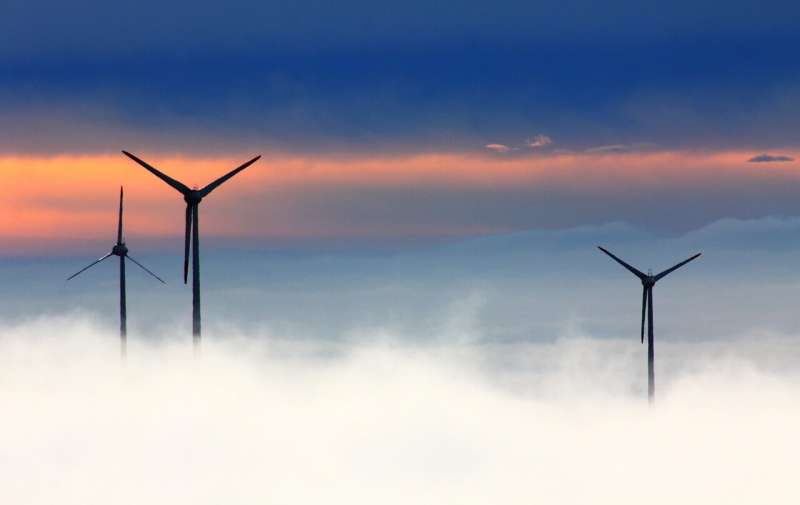

New techno-economic model optimizes waste-heat conversion technologies
source link: https://techxplore.com/news/2021-12-techno-economic-optimizes-waste-heat-conversion-technologies.html
Go to the source link to view the article. You can view the picture content, updated content and better typesetting reading experience. If the link is broken, please click the button below to view the snapshot at that time.

December 18, 2021
New techno-economic model optimizes waste-heat conversion technologies
by Kiran Julin, Lawrence Berkeley National Laboratory
 Credit: CC0 Public Domain
Credit: CC0 Public Domain
Every year, 50% of the energy produced worldwide from coal, oil, natural gas, nuclear, and renewable energy sources is lost as heat. This untapped resource could be a promising additional source of useful energy, and for decades, scientists have worked to develop efficient systems to convert waste heat to electric power.
In a recent study published in Joule, Berkeley Lab researchers developed a techno-economic model to predict the economic viability of different waste-heat conversion technologies. Their model will help guide future research by steering scientists toward novel designs and technologies that are more likely to enable cost-effective and efficient waste-heat conversion.
Up until now, most of the research centered around waste-heat conversion technologies has been focused on the physics behind waste-heat conversion engines, such as thermoelectric generators that recover exhaust heat in internal combustion engines. Berkeley Lab's techno-economic model enables researchers to have a more system-wide approach, which focuses on technological requirements for commercial viability, such as the temperature of the waste heat source, the cost of heat exchangers, or the minimum capacity factor—the fraction of the time the waste heat source is available.
"Although more than 60% of the waste heat is available below 100 degrees Celsius, our analysis shows the waste heat conversion is only economical above 150 degrees Celsius," said Ravi Prasher, associate lab director at Berkeley Lab. "This finding is very important in prioritizing research and development for waste heat conversion heat engines."
The techno-economic model from this study enables researchers to better predict which sectors and circumstances will be more ideally suited to waste-heat conversion technologies.
Recommend
-
 121
121
README.md Master stat...
-
 71
71
README.md DLR DLR is a stand-alone, light-weight and portable runtime for CNN and decicion-tree models. Built on top of TVM
-
 65
65
OxygenOS, the custom UI which powers OnePlus smartphones is clearly one of the neatest and feature-rich strains of Android. And, OnePlus keeps updating it religiously with new features and optimizing earlier features. Be...
-
 24
24
LLVM optimizes geometric sums, such as int sum(int count) { int result = 0; for (int j = 0; j < count; ++j) result += j*j; return result; } to code that calculates the re...
-
 38
38
README.md Master status:
-
 9
9
Redmi K30 Pro gets MIUI 12.2.2 update: Optimizes system fluency and improve stability Chinese manufacturer, Xiaomi, has been releasing relevant updates...
-
 7
7
April 23, 2021
-
 6
6
Adobe Summit 2021 - how Ben & Jerry’s scales and optimizes its creative assets Read later...
-
 7
7
Apple's Future iPad Updates: 14-Inch Model, Under-Display TrueDepth, OLED Technology and MoreTuesday July 12, 2022 1:34 pm PDT by
-
 2
2
This article was published as a part of the Data Science Blogathon. Introduction In today’s world, where the population is increasing at an alarming rate...
About Joyk
Aggregate valuable and interesting links.
Joyk means Joy of geeK